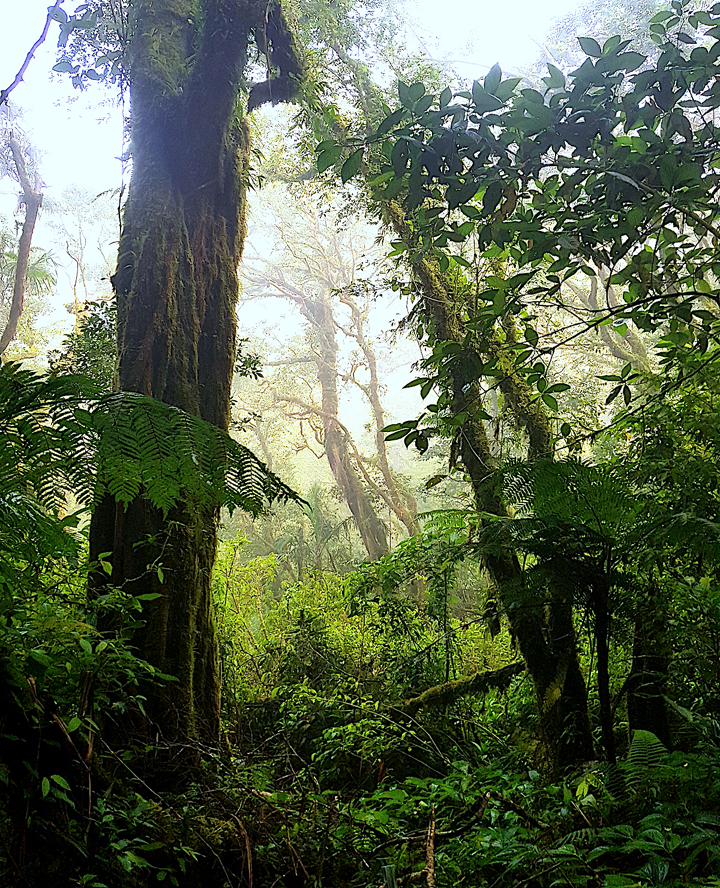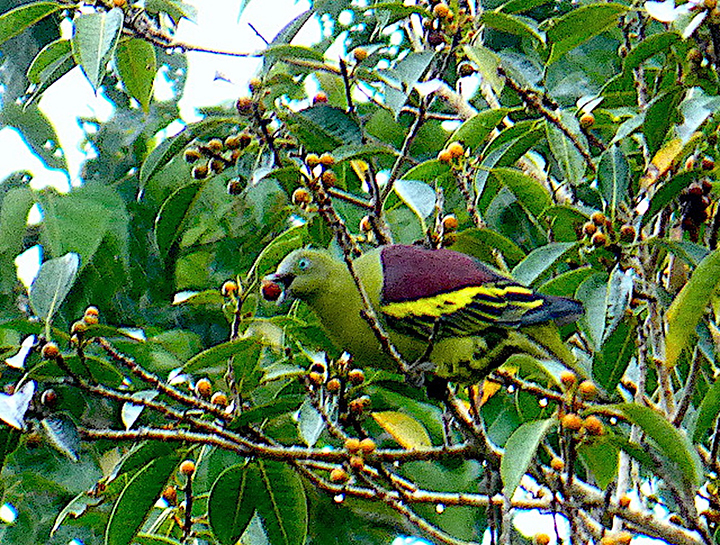Members of the Baguio City Council are stepping up deliberations to protect some of the city’s century-old trees and other tree species that are deemed important due to their ecological, historical or cultural value as “heritage” trees.
They include rare trees or those adjacent to water source, spring or well, and whose cutting or destruction will disrupt or destroy the water source.
Known as the city of pines, Baguio City’s unbridled development has led to the “massacre” of trees, including its very own pine trees. The proposed measure seeks to prevent the extinction of the city’s all-important trees, the country’s heritage.
Massive deforestation
With half of the country’s total land area of 30 million hectares classified as “forest land,” it is no surprise that the Philippines is rich in biological diversity.
Forest ecosystems play a key role in tackling climate change by absorbing carbon dioxide from the atmosphere and by offering natural defense against extreme weather events.
They also provide ecosystem services to the people and keep our natural resources intact.
However, massive conversion of forest lands for other purposes like agriculture, commercial, industrial and residential uses have led to deforestation.
Besides land conversion, illegal logging for timber, wood and for firewood or charcoal production, contribute to deforestation.
Destructive development projects like mining are also being blamed for deforestation.
Sadly, only half of the country’s so-called forest lands are left actually forested.
Important ecological roles
The Asean Centre for Biodiversity (ACB) said native trees play important ecological roles to the ecosystem.
They can be important food sources of many faunal, or animal species.
“Some wild animals—such as deer, wild pigs, fruit bats, nectar bats, rodents, birds, monitor lizards and insects—are highly dependent on their leaves, fruits, flowers and nectar in order to survive,” ACB Executive Director Theresa Mundita S. Lim told the BusinessMirror via email on August 16.
Stronger, better
Unlike nonnative trees, indigenous, or native trees, have evolved to adapt to local environmental conditions, along with other biological entities in that area “so they have inherent defense mechanisms against indigenous pests and diseases.”
Native trees also require less water because they have evolved and withstand conditions where they naturally grow, unlike nonnative trees that can suck too much water from a particular ecosystem.
Nonnative trees can also become invasive.
“Some nonnative trees could spread quickly and prevent other native plants from growing, displacing them from their natural environment,” Lim added.
Biodiversity loss
The massive deforestation around the world is being blamed for biodiversity loss.
According to experts, about 50 to 100 species of animals are being lost each day. This leads to the extinction of animals and plants on a massive scale.
The Philippines has two important measures that seeks to prevent deforestation and biodiversity loss.
Executive Orders 23 and 26 signed by former President Benigno S. Aquino declared a moratorium on the cutting of trees in natural forests and establish the National Greening Program (NGP).
This led to the current massive tree-planting activities that require the use of native trees as planting materials.
Private sector support
Due to its limited resources, the government is banking on the help and support of the private sector to implement the NGP.
The Energy Development Corp. (EDC) of the Lopez Group of Companies is taking the lead in one of the country’s biggest private-sector led reforestation initiatives.
Launched in 2008 as part of the EDC’s commitment to protect and conserve the environment, not only in its areas of operations but also in other parts of the country, the Binhi Program has engaged 88 forest communities to restore forests within the company’s geothermal reservations and other watersheds and protected areas.
As of 2022, EDC Binhi has planted more than 6.5 million seedlings to restore over 10,000 hectares of open and denuded areas.
Beyond traditional tree planting
“The Binhi Program goes beyond traditional tree-planting activities. Through the years, EDC Binhi has consistently worked with the DENR [Department of Environment and Natural Resources], local communities, and other stakeholders to ensure proper site-species matching and high survival rates, prioritize native trees and benefit local communities,” said Forester Nino Gibe, EDC Watershed Management Officer.
Despite the pandemic since 2020, EDC’s Binhi established 661 hectares of new Binhi plantations in Bacon-Manito (Bac-Man) geothermal power plant in the Bicol region, Negros Oriental, Ilocos Norte and Pantabangan, Gibe told the BusinessMirror via e-mail on August 1.
“EDC Binhi also completed the maintenance of 2,192 hectares of existing plantations in Bac-Man, Negros, Mount Apo and Leyte,” he added.
Saving native trees
Gibe said that through EDC Binhi Program, they seek to save the country’s native trees from extinction.
The program, he said, is focused on indigenous forest trees. Through its science-based approach and strong partnerships with the academe, local governments and local communities, the program has successfully updated 45 of its 96 priority tree species in the International Union for Conservation of Nature (IUCN) Red List.
“EDC Binhi had completed the global tree assessment for 800 Philippine endemic tree species with 794 already published in the [IUCN] Red List of threatened species, including 45 Binhi priority species, last December 2020,” Gibe added.
Moreover, he said the company is ensuring that there is proper coordination among the various stakeholders involved, from the inventory of the rescued tree species to the documentation of the remaining threatened tree species.
Greening legacy
According to EDC, the Binhi Program is a greening legacy, specifically with the use of native tree species which are now vanishing.
“There is no or only a limited [number of] organizations which advocates for the use of our very own Philippine native trees. It’s only ideal and practical to invest in the Binhi Program since those native trees are typhoon resilient, highly valuable and economically important species and promote local biodiversity,” he said.
Based on the study of the Botanic Gardens Conservation International, about 47 percent of the Philippine native tree species are threatened to extinction due to urbanization development and habitat loss due to agriculture.
Supporting institutional initiatives
Gregg Yan, founder of the Best Alternatives Campaign, told the BusinessMirror that the best way to help reforest denuded tracts of the country is to support institutional initiatives which have proven that they actually have the capacity to plant and take care of trees.
“As much as possible, planted trees should be native to the country and even to the particular areas where they will be planted, though fruit-bearing trees are sometimes acceptable to give people practical incentives to take care of the planted trees over the coming decades,” Yan said via Messenger on August 15.
“Proven large-scale initiatives include GForest and the initiatives of the [EDC],” he added.
“But we need not look so far to find places for our native trees. Just look at your backyard and imagine how beautiful it will be with full-grown trees which hail from our beloved country. Not only will native trees provide us with food and shade: they shall attract birds, bees, butterflies and other forms of life which colored our neighborhoods before nature was overtaken by development,” Yan said.

















